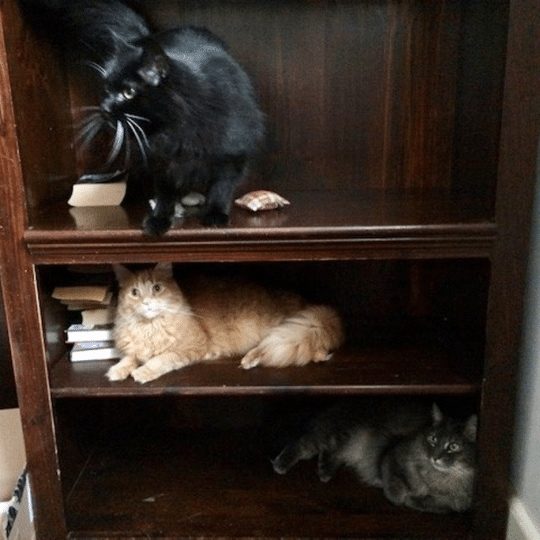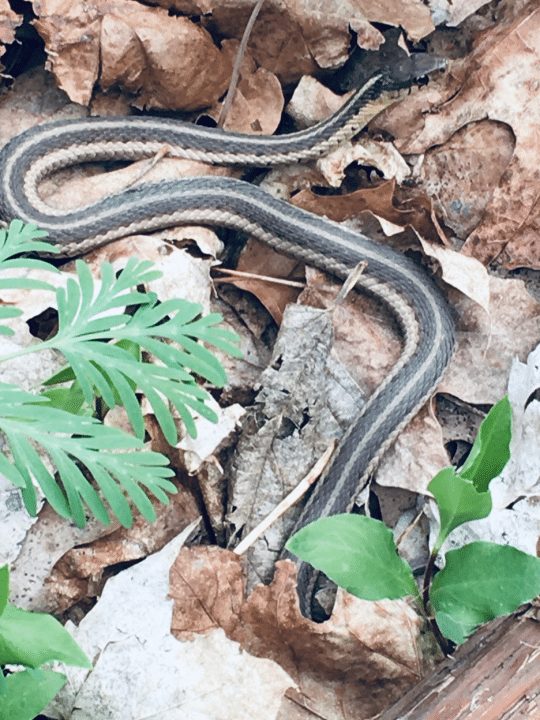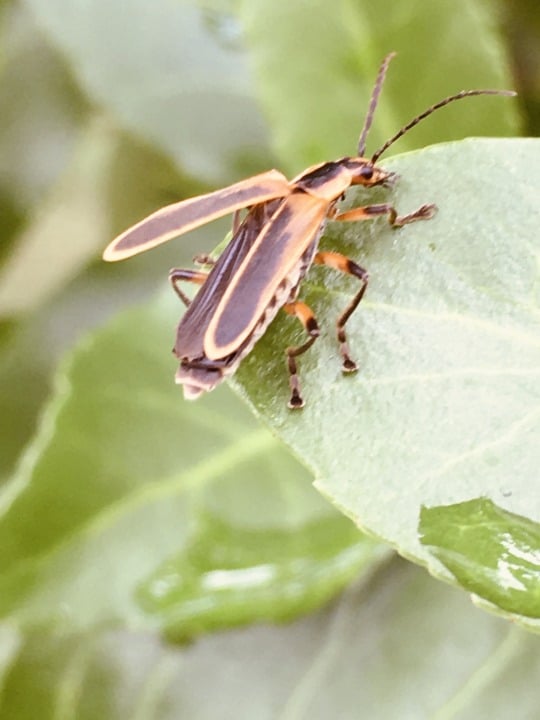
As adaptations go, the hardened forewings of beetles have a long track record of success. The paired structures, known as elytra (or singularly as elytron), don’t contribute significant aerodynamic advantage to beetle flight. Because they protect the delicate hindwings under all other circumstances, however, elytra help to ensure the capability of flight whenever it’s necessary.
Evidence for the survival advantages conveyed by the wing covers is impressive. The order Coleoptera, the scientific category of beetles, contains more than 380,000 named and described species, a figure that represents nearly a quarter of currently known animal species.
In Dinosaur Armor, the world premiere exhibition occupying the R. P. Simmons Family Gallery for the next 10 months, a colorful array of preserved beetles illustrates the insects’ built-in shield adaptation.
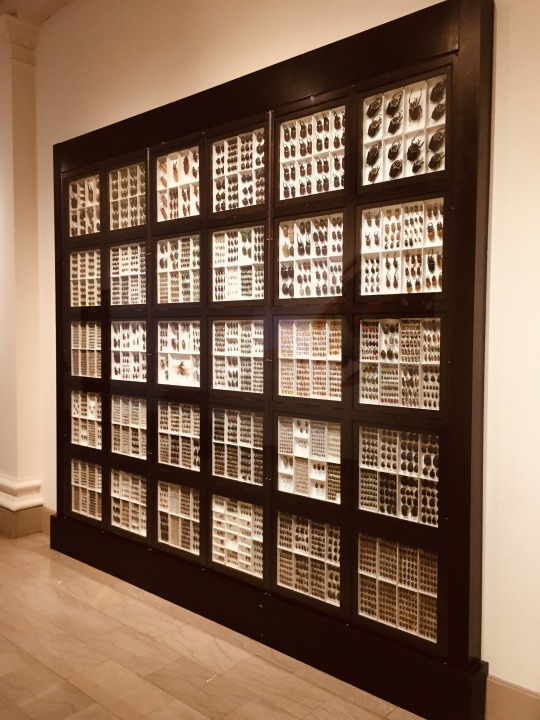
Visitors interested in elytra can visually study a far larger and more diverse beetle display just outside the Dinosaur Armor exit. Here hundreds of curated specimens from the scientific collection have been arranged in a wall-sized display.
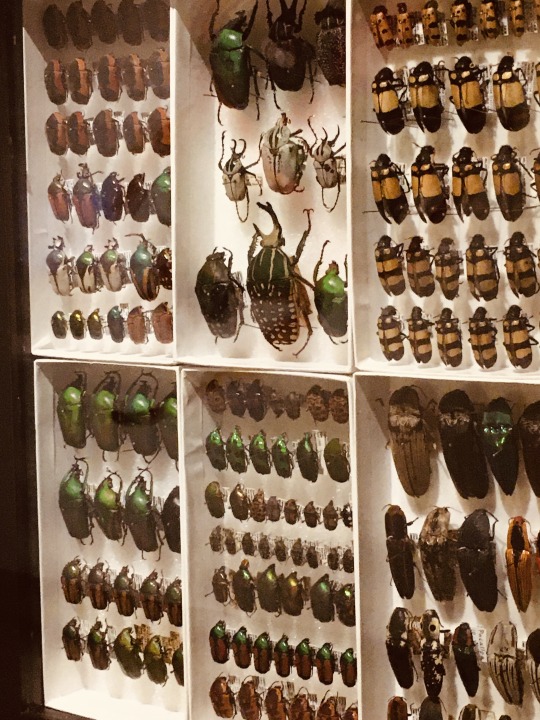
Collectively and individually, this mass of pinned beetles serves to reinforce an unstated theme of Dinosaur Armor: functional exterior armor does not necessarily preclude natural beauty.
Patrick McShea works in the Education and Visitor Experience department of Carnegie Museum of Natural History. Museum employees are encouraged to blog about their unique experiences and knowledge gained from working at the museum.
